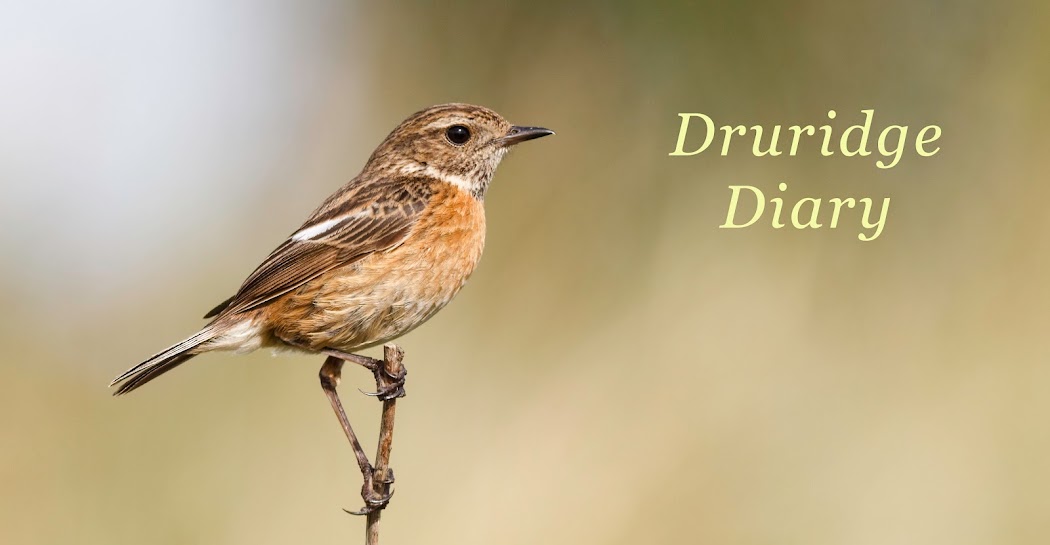What a weekend - on so many levels.
It all started on Friday when I was just to about to get on the train at Widdrington, headed for the Test Match at Chester-le-Street when I get a call from Dave Elliott to say he was watching either an icterine warbler or melodious warbler at Druridge - both new patch birds. It ended today, with me watching a stunning broad-billed sandpiper on the Budge fields - a new bird for the patch.
Dave soon nailed the warbler as an icterine and by the time I was downing my first pint in Newcastle Station he'd found another new bird for the patch - common rosefinch. No turning back now, I was bound for Chester-le-Street and like a tory recession - a double-dip (the cricket was good though).
With much restraint on Friday night and against all odds, I was up at 5.30am on Saturday and setting my nets up at Druridge by 6am - the weather was perfect for ringing but I wasn't catching many birds. I think most of the warblers are on eggs now. I did catch a grasshopper warbler, reed warbler and a low-flying swallow.
 |
| Gropper |
Fridays double-dip was partly avenged with a pair of glossy ibis dropping briefly onto the Budge fields (thanks for the call Alan G!) just next to one of my nets. These birds had previously been at Newton-by-the-Sea, after calling at Druridge they made their way via Whitburn and Hartlepool to Saltholme. These are the second and third patch glossy ibis - the first being a long-stayer in 2011. The great-white egret that has been around for ten days or so was also there.
On Saturday evening there were six ruff on the Budge fields - five males displaying with full ruffs to a reeve. I've not seen displaying ruff like this on the Budge fields since the early nineties, it was amazing to see again. Far more exciting than glossy ibis! There was also a first-summer little gull, 16 summer-plumaged sanderling on the beach, my first two manx shearwaters of the campaign, a med gull on the sea and a pair of goosander on the big pool.
On Sunday there was an avocet on the Budge fields, with a handful of dunlin and ringed plover as well as two little gulls.
Bank Holiday Monday brought little of note, just the usual campers, mini motorbikes and tribes of dog-walkers with out-of-control hounds.
So back to work today...just before lunchtime I come out of a meeting to find a message about a broad-billed sandpiper on the Budge fields - yowzas! The benefits of flexi-time brought an early lunch-break and I was off to Druridge, arriving in already-full little hide behind Stef and Mrs Stef, I had to blag a look through someone's scope as I had no gear with me (thanks Hector!)...and there it was, wandering around between the rush clumps - a very stripy wader indeed! A wood sandpiper and garganey also put in appearance.
I was a very-happy patch watcher, though still smarting from Friday).
The addition of broad-billed sandpiper takes my patch list to 239 species. That and the common rosefinch take the patch list to 261 (there had been an icterine in 1966).
My year list at the end of May stands at 135 and my PWC score is 186.










